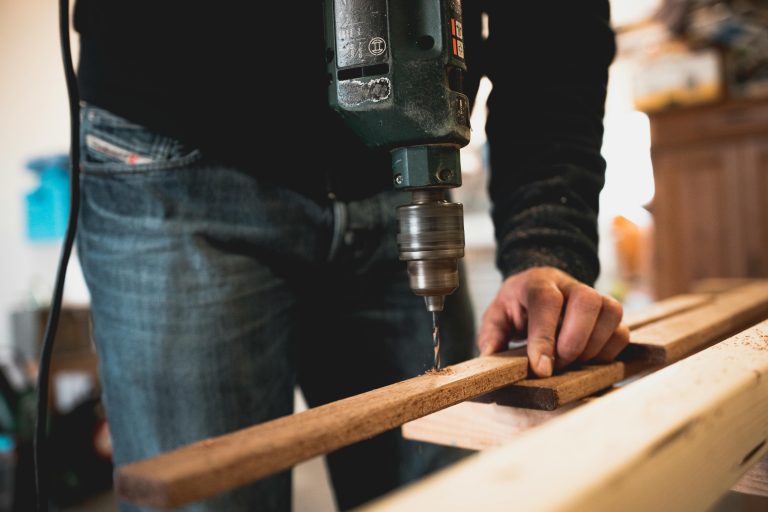Deciding on the best type of panelling for your space involves considering both functionality and aesthetic appeal. Here are some helpful tips to guide your choice:
- Match Your Style: Think about the overall look you want to achieve—classic, modern, rustic, or contemporary. For a timeless feel, traditional tongue-and-groove or beadboard panels work beautifully. For a sleek, minimalist style, flat or recessed panels provide a clean appearance.
- Consider the Room’s Purpose: In high-traffic areas like stairs or hallways, choose durable, easy-to-maintain materials such as painted MDF or seasoned hardwood. For lounges or bedrooms, you might opt for more decorative or textured panels to add character.
- Size and Scale: Larger panels or wide tongue-and-groove boards can make a room feel more expansive, while narrower panels create a cozy, detailed look. On stairs, panels should be proportionate; consider how they’ll complement your staircase design.
- Colour and Finish: Decide whether you want natural wood tones, paint finishes, or stained surfaces. Lighter shades can open up a space, while darker tones add depth and richness.
- Installation and Budget: Some panels are easier to install and more affordable, like pre-primed MDF, while natural wood options may require more skill and investment.
- Flow and Continuity: Think about how the panelling will connect with other architectural features—matching the style of your skirting boards, doors, or ceiling details creates a cohesive look throughout your space.
By considering these factors, you’ll find the perfect panelling style that not only enhances your room or staircase but also reflects your personality and complements your home’s overall design.




